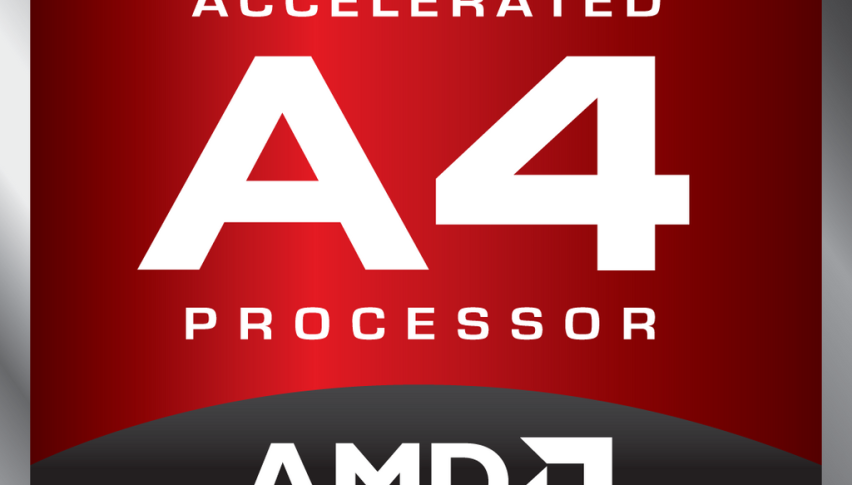AMD Stock Breaks 1st Support Amid AI Headwinds, CAO Exit – Below $150 Next?
After a strong three-month rally, AMD’s stock has come under pressure, weighed down by weaker earnings, intensifying competition, and...

Quick overview
- AMD's stock has faced pressure after a strong rally, primarily due to weaker earnings and increased competition.
- The resignation of the Chief Accounting Officer has raised concerns among investors about AMD's growth trajectory.
- Intensifying competition from Nvidia and geopolitical risks related to U.S.-China trade tensions are adding to AMD's challenges.
- Despite short-term setbacks, analysts remain optimistic about AMD's long-term potential in the AI and data center markets.
Live AMD Chart
[[AMD-graph]]After a strong three-month rally, AMD’s stock has come under pressure, weighed down by weaker earnings, intensifying competition, and the departure of its Chief Accounting Officer.
Rally Interrupted
AMD (NASDAQ: AMD) had been climbing steadily since April, reaching $186 on August 13, but momentum faded after its latest earnings report. Despite revenues slightly beating forecasts, concerns over the underperformance of its AI-focused data center division triggered a sharp selloff.
AMD Chart Daily – The 20 SMA Has Been Broken
Shares slid below $160 last week, marking their first break under the 20-day simple moving average since April. Even dovish comments from Fed Chair Jerome Powell at Jackson Hole—which lifted broader markets—failed to revive AMD, with the stock dropping another 3% on Monday.
Leadership Change Adds Pressure
On August 22, 2025, AMD announced that Philip Carter, Corporate VP and Chief Accounting Officer, would resign effective September 5 to become CFO at another firm. While the exit was amicable, the timing has raised questions for investors already uneasy about AMD’s near-term growth trajectory.
Industry Competition Heating Up
The semiconductor race is intensifying. Nvidia is accelerating its Rubin processor development to safeguard its dominance in China, increasing competitive pressure on AMD. Analysts like James Schneider of Goldman Sachs still highlight AMD’s strong fundamentals and potential to achieve $10–11B in data center GPU revenue by 2026, but warn that execution risks and lofty expectations may cap short-term gains.
Geopolitical Risks Loom Large
Roughly 24% of AMD’s revenue comes from China, leaving the company exposed to escalating U.S.–China trade tensions and export restrictions on advanced chips. Supply chain realignments designed to reduce reliance on China may also raise costs in the medium term.
Meanwhile, Japan is seeking deeper semiconductor and rare earth cooperation with the U.S., a move that could counterbalance China’s influence and indirectly benefit firms like AMD by stabilizing global supply chains.
Outlook: AMD’s long-term AI and data center potential remains intact, but in the short run, a combination of earnings disappointments, executive changes, fierce competition, and geopolitical risks are testing investor confidence. Whether the stock’s pullback evolves into a prolonged downturn—or sets the stage for a new base—may depend on execution in the months ahead.
- Check out our free forex signals
- Follow the top economic events on FX Leaders economic calendar
- Trade better, discover more Forex Trading Strategies
- Open a FREE Trading Account



